Where should you? begin? Let’s find out how strong your core is! This can help you determine which kind of exercises to focus on. I will provide a chart at the end of the book to write down your testing scores.
Everyone’s favorite exercise. Ideally, you should be able to hold a full front plank from the feet for 90 seconds – pain-free with proper form. This exercise demonstrates the ability to control not just the core, but also shoulder strength and scapular stability which is a key component in all upper-body exercises.
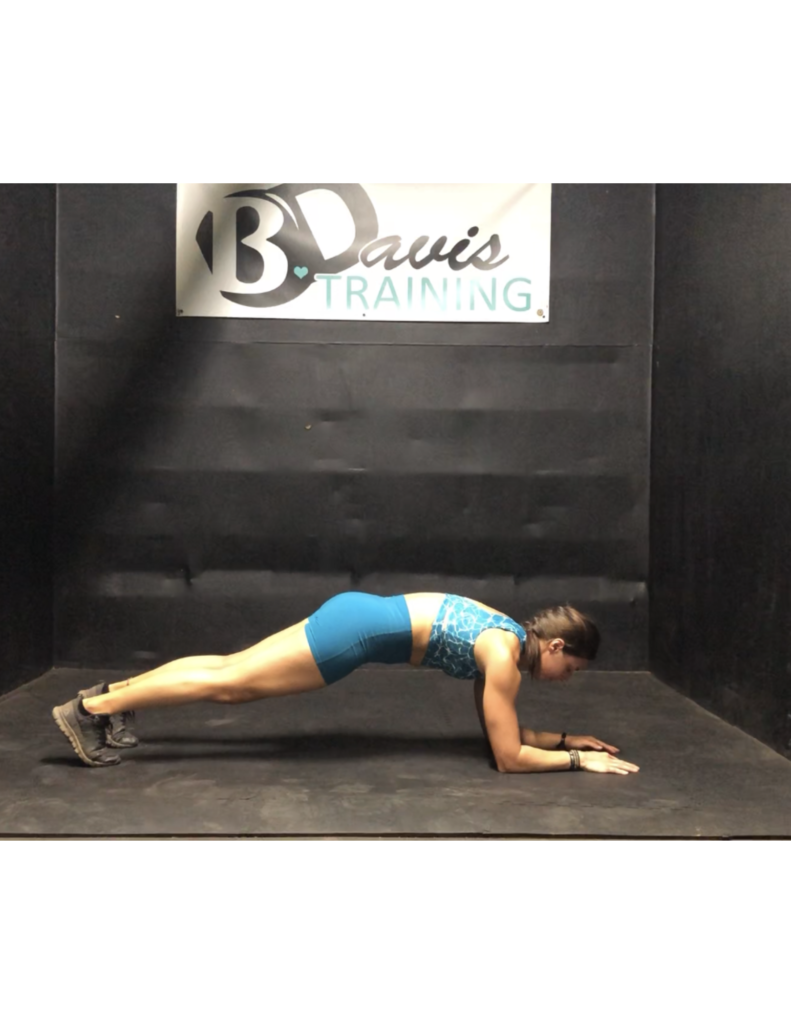
ALTERNATIVE ANTI EXTENSION TEST: HOLLOW BODY HOLD
The hollow body hold is a supine lying test that uses requires the core to stabilize against the weight of your legs as you maintain a neutral spine. This test can be modified by bending the knees or bringing your legs higher off the ground and used as a way to check progress through not only the amount of time holding but also how low to the ground your legs are. This is a test that should have a video or a picture taken to establish leg height for comparison. Holding for 45-60 seconds with legs 6-8 inches off the floor would demonstrate great core control in anti-extension.
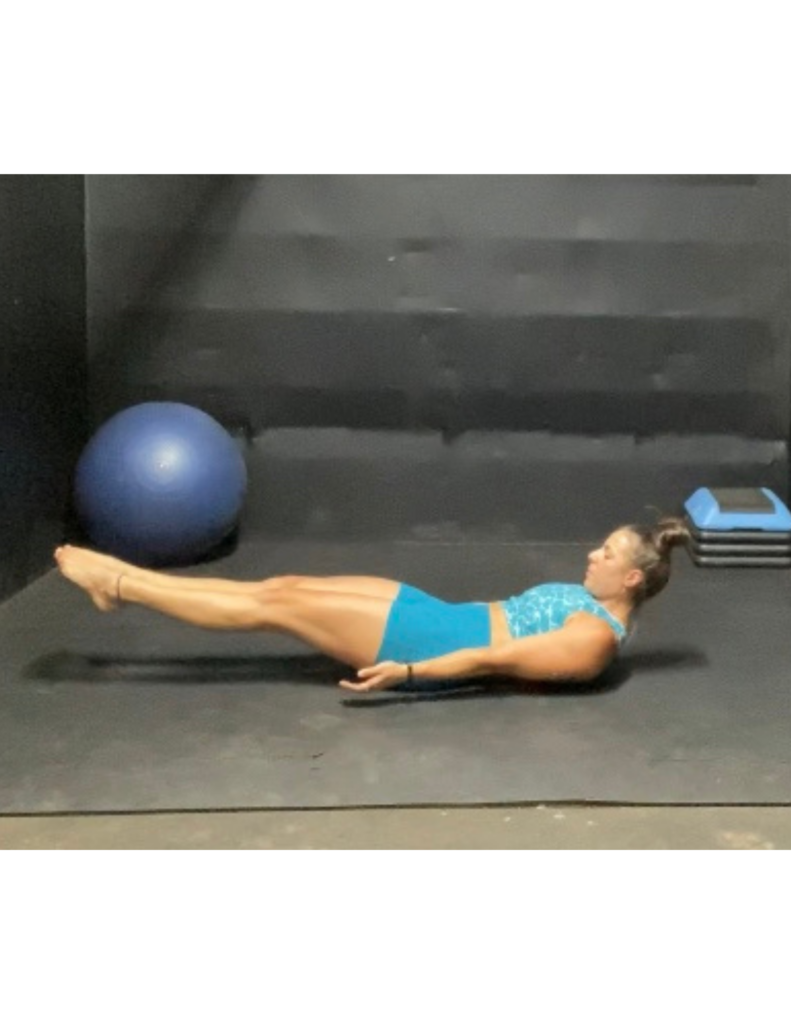
This is a complex test that can provide a lot of information as to where your strength and/or stability needs work from the shoulders to the hips. It can be regressed and adjusted in various ways in order to address the deficit, but we’re going to go over the basic versions here.
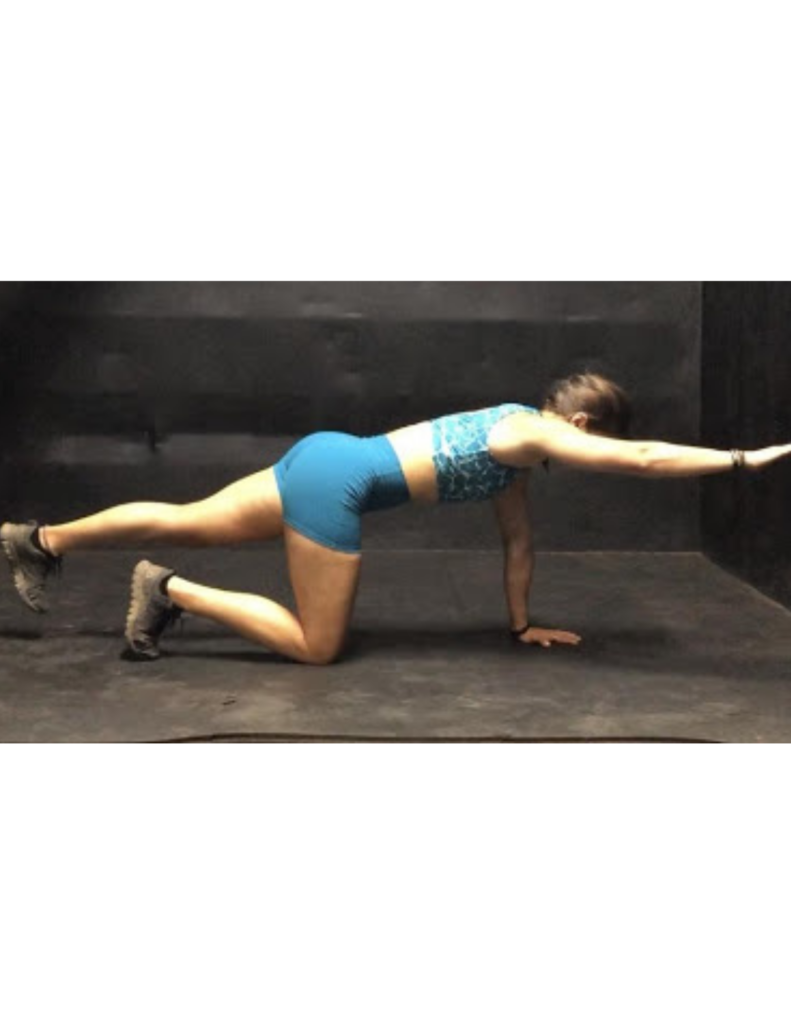
Starting in a full, HIGH plank with palms and feet on the floor, reach one arm out in front of you and hold for 15 seconds. In doing so, the rest of your body should NOT MOVE while you maintain your neutral spine. Repeat with the opposite arm, then both legs for a total of a 1-minute hold.
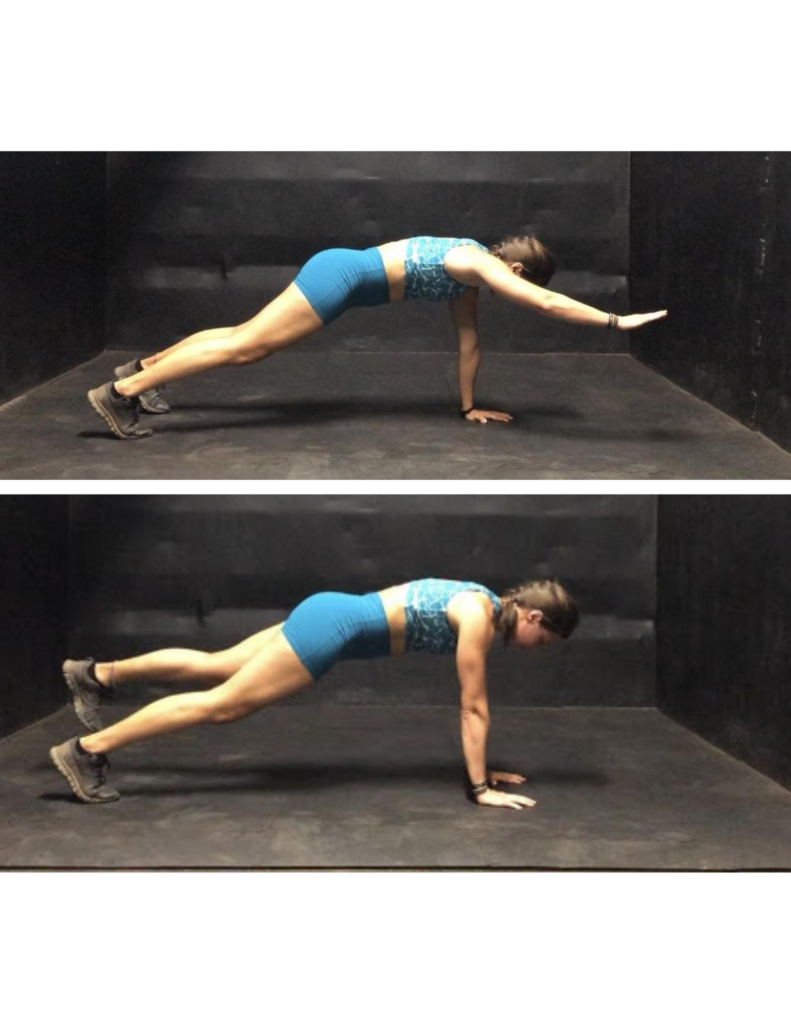
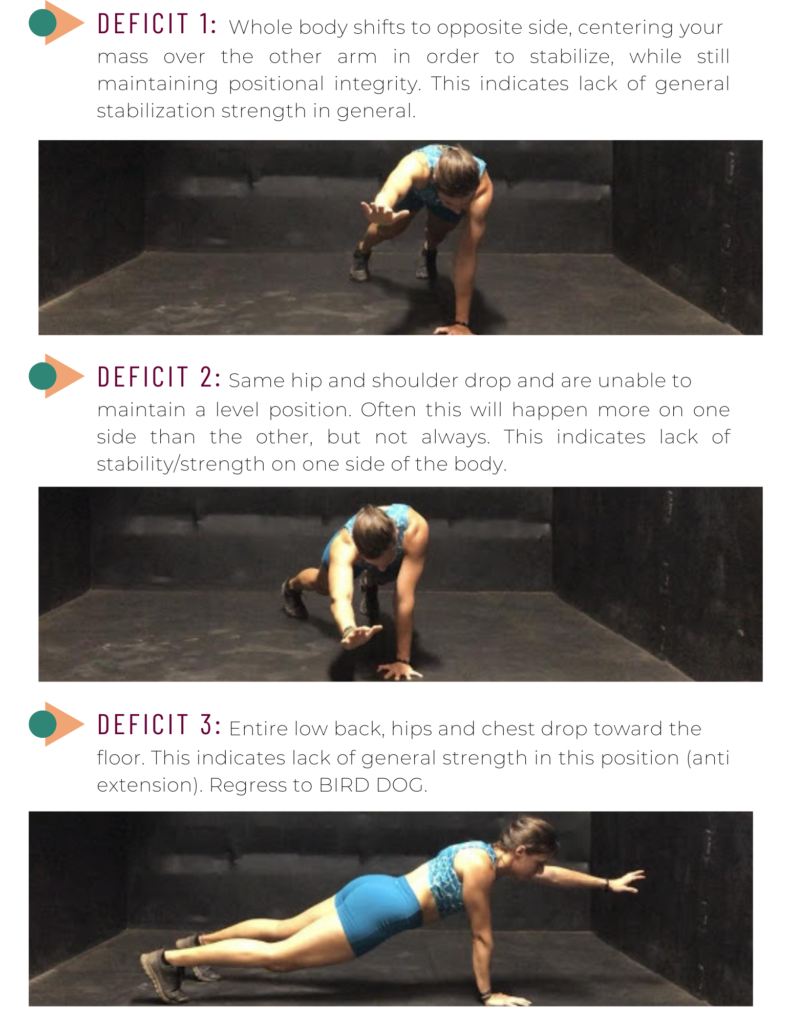
If you’re able to perform this entire test with all 4 limbs holding for 15 seconds, your core stabilization is pretty great.
Similarly, while this exercise mainly tests for lateral stability of the trunk – it does also require shoulder strength and stability. This should be a solid 60-second hold from the feet.
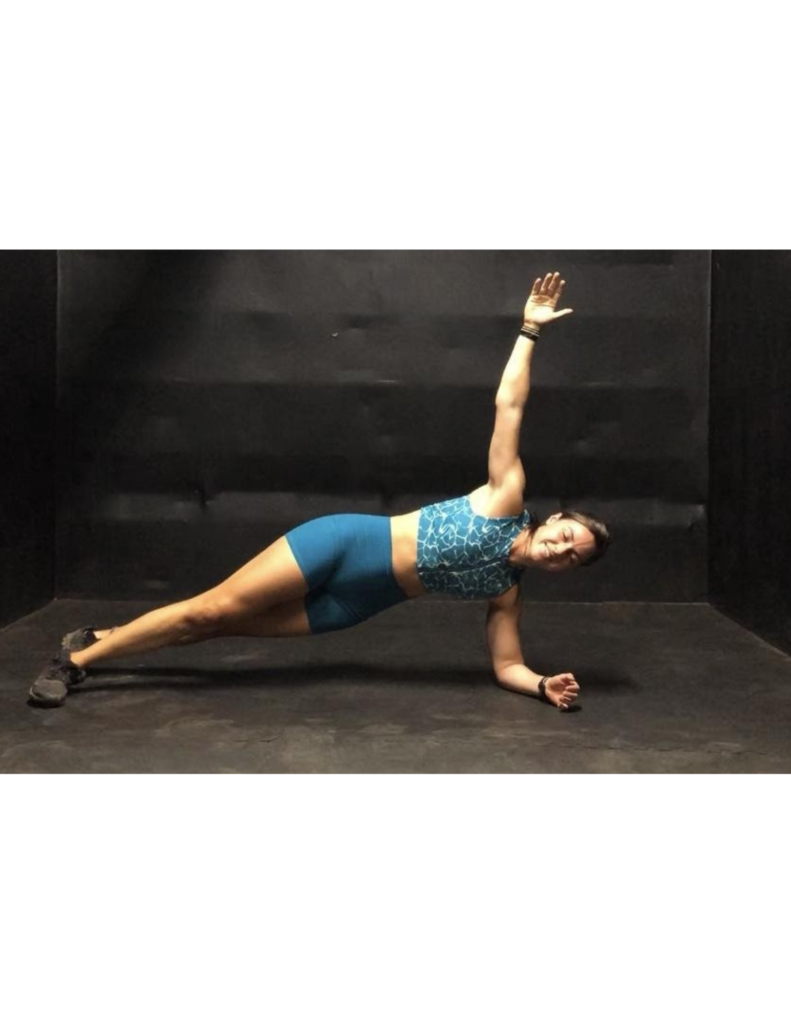
This test can be tricky to perform without the proper equipment, so I will provide an alternative but it’s not as good as the original.
This test requires a 45-degree bench, GHD, or a partner to hold your legs while your torso and face down hang unsupported from your hips off the end of the GHD or the bench. You should be able to hold this for 60 seconds.
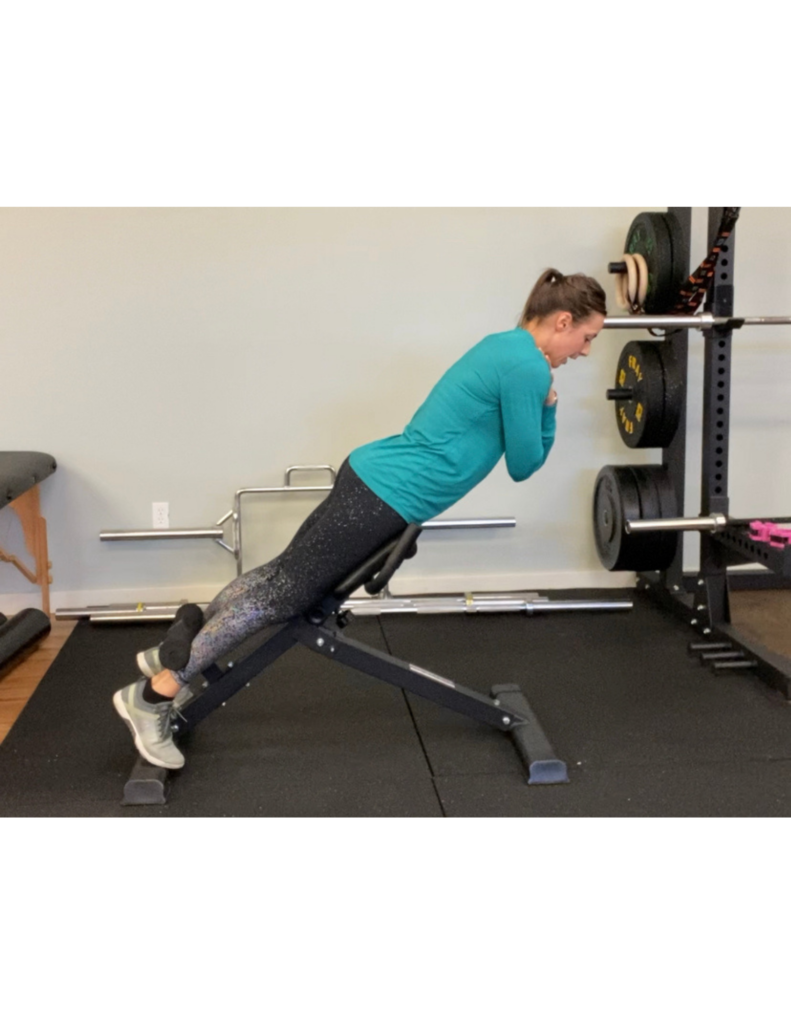
ALTERNATIVE ANTI-FLEXION TEST: SUPERMAN HOLD
If none of these are accessible to you, you can perform a prone Superman test. This test is not quite as difficult but can be used as a baseline. You should be able to hold a Superman for 90 seconds.
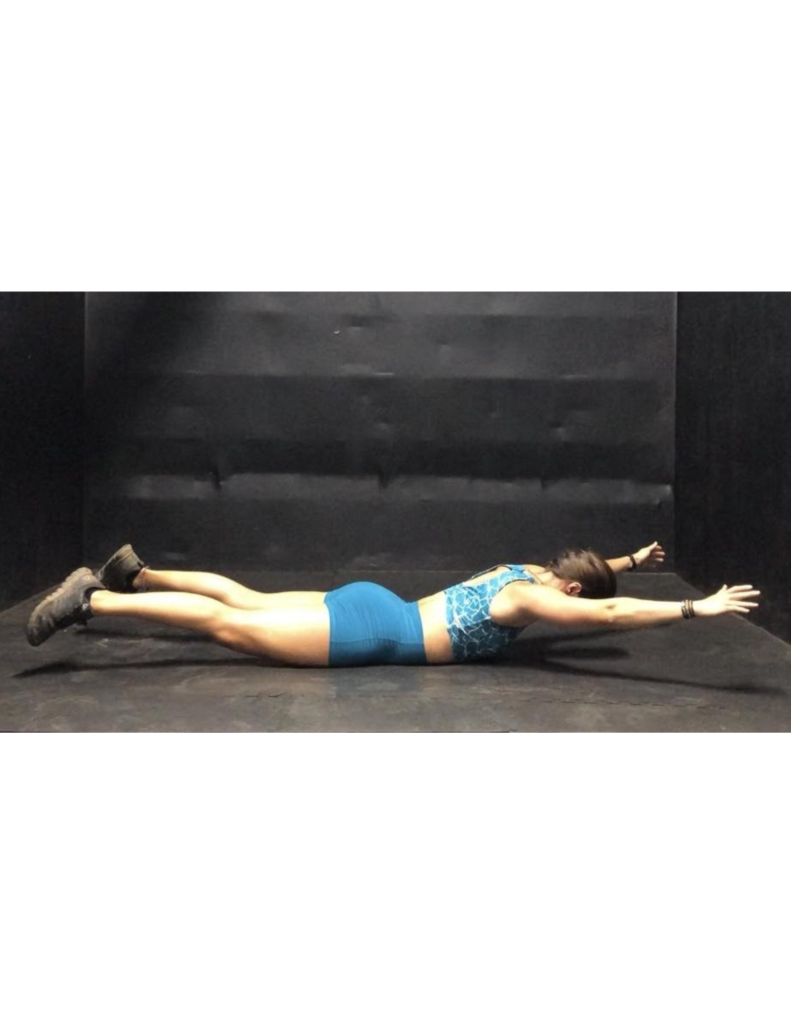
This postural core test involves carrying 75% of your body weight (split up into two weights), standing tall, and walking in a controlled manner for up to 60 sec. If you’re up for it, carrying equivalent to your body weight for up to 30 seconds would be considered pretty elite.
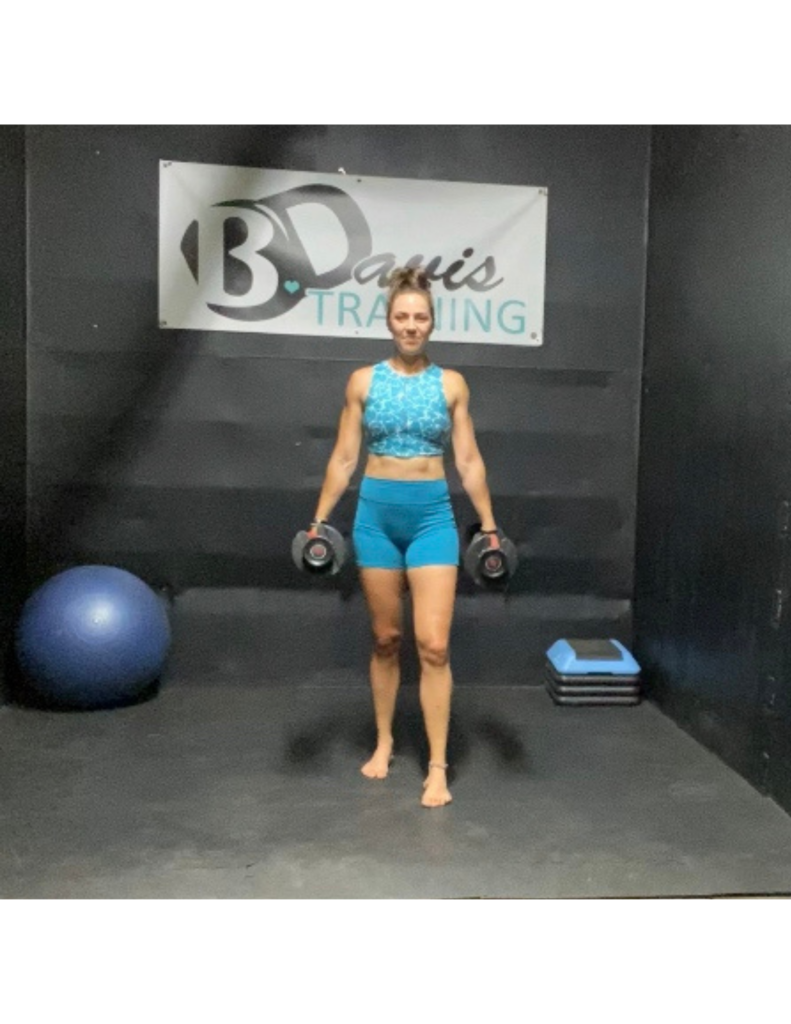
This completes the full core stability testing portion and should give you some great insight into where your core needs the most attention. You can use this information as well as the template provided to create your ideal core training program.

Women’s Functional Nutritionist & Fitness Specialist along with CEO of Elysian Women’s Wellness.
God, family, fitness – in that order. Fitness isn’t my job, it’s my passion. My favorite things include traveling the world, being a mama and making a difference.
14 years of experience in the wellness industry has brought me to an understanding that when you’re ready – you’ll do it. So when you are, we’re here to keep you simply well.
The last “program” you’ll ever buy. Your individualized training & nutrition plan that teaches the why & how to create lasting changes with me by your side every step of the way!

Error: No feed found.
Please go to the Instagram Feed settings page to create a feed.
Level 0, 1, 2 & 3: Level Up your workouts with beginner to advanced plans designed with a focus lift each month, progressive overload, instructional videos & all inclusive training & nutrition guides.
Copyright ©2025. Gamechanger
A BRANDT CREATIVE CO. TEMPLATE. Trusted by Wimgo.